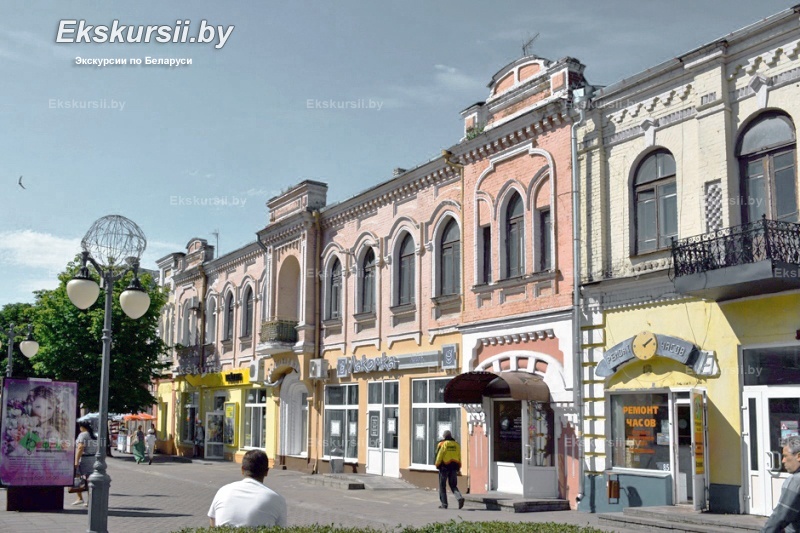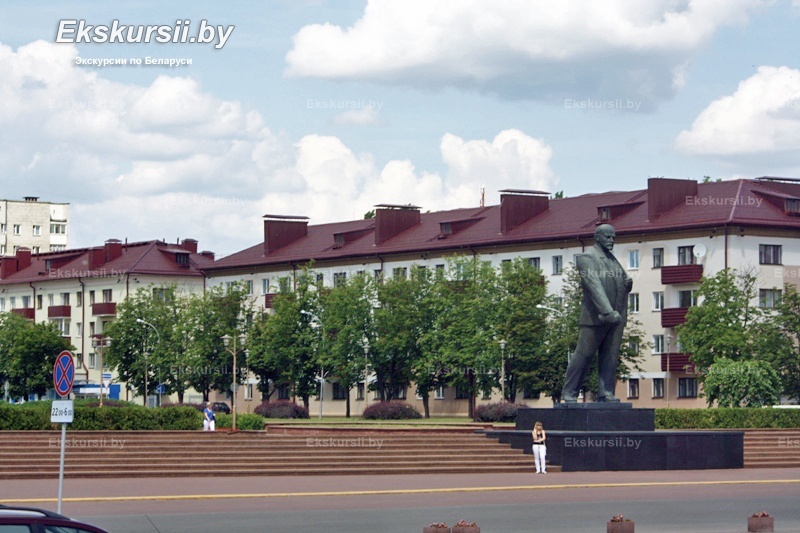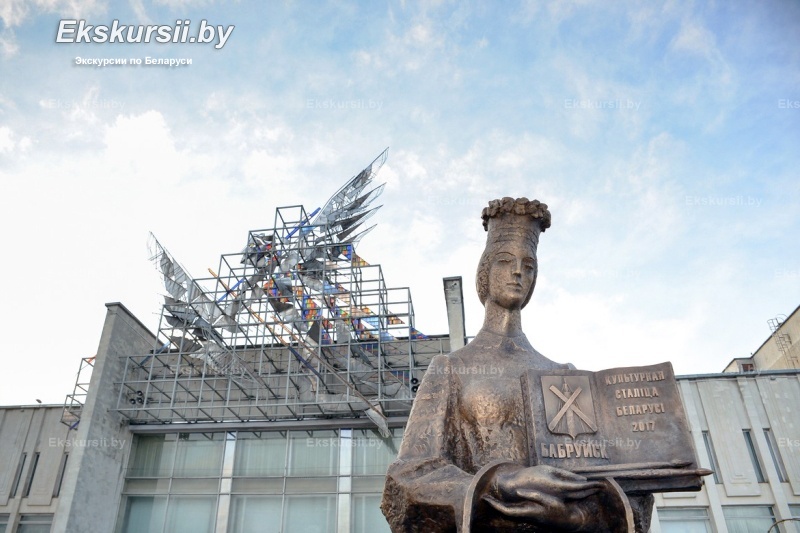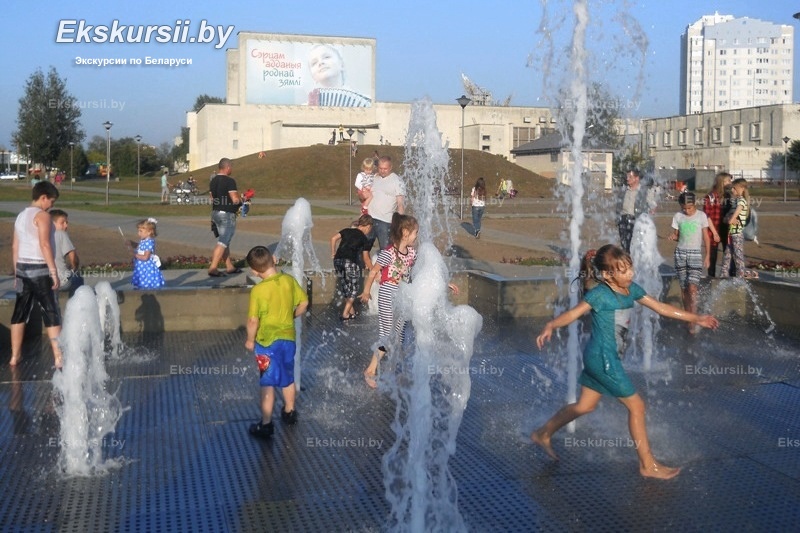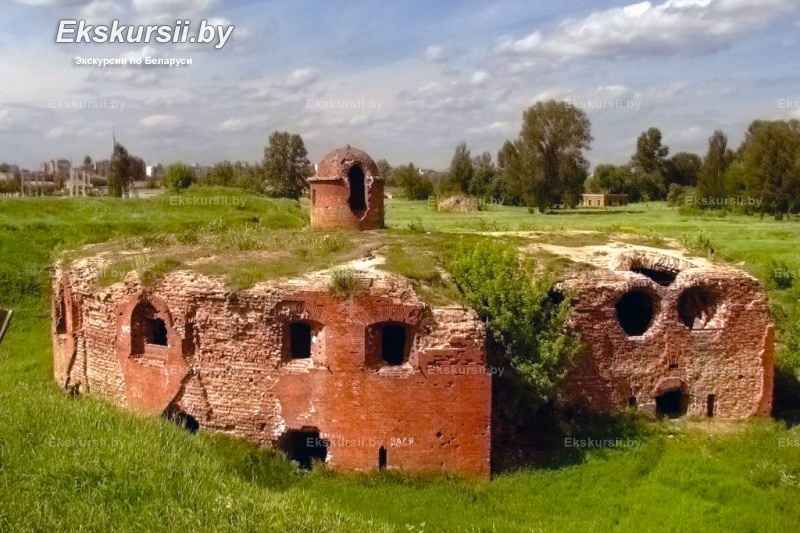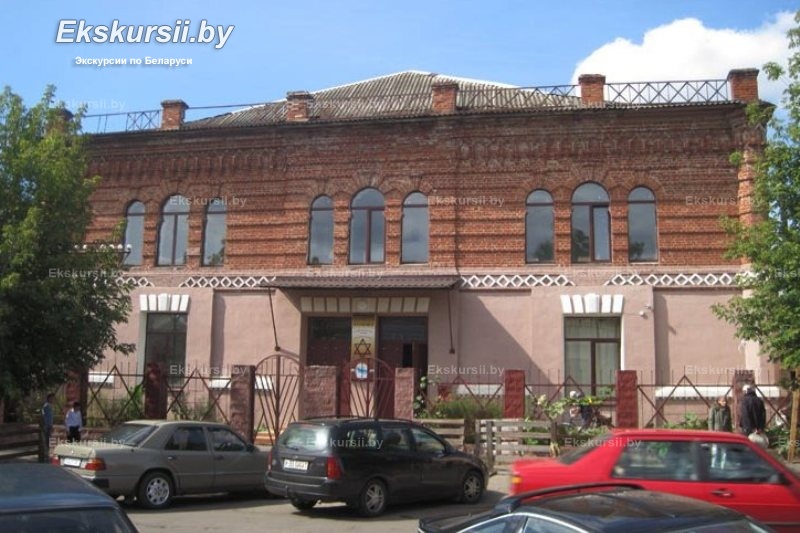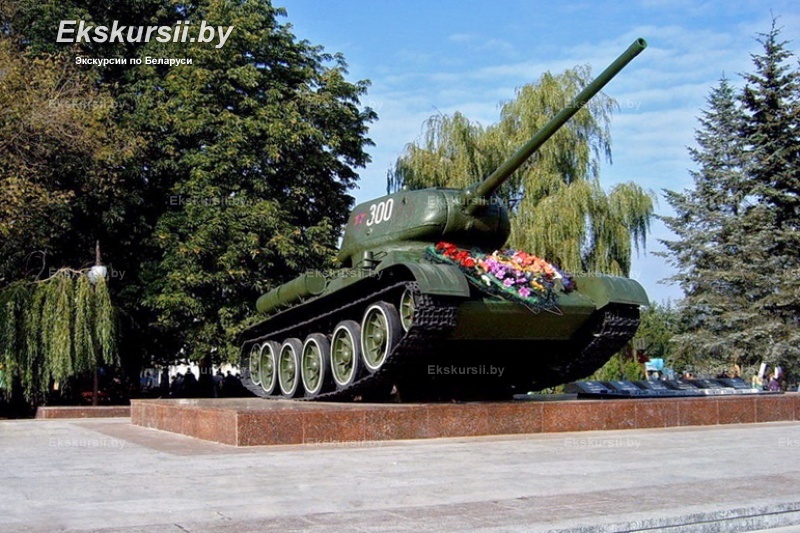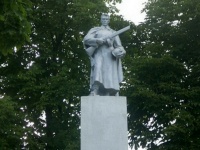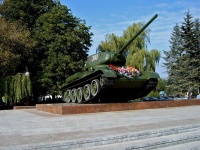History of the development
According to archaeological data, an ancient settlement on the site of modern Bobruisk existed already in the V-VI centuries. For the first time, Bobruisk was mentioned in the privilege of Grand Duke Jagiello on April 27, 1387. From 1392 the town passed into submission to Grand Duke Vytautas, while the castle and residence of the grand prince governor were located here. In the late XV - early XVI centuries. Bobruisk suffered much from the Tatar-Mongol raids and during numerous wars with the Moscow principality.
Since the XVI century Bobruisk was transferred to the temporary management of the most influential gentry clans, among whom were Radziwills, Gashtolds, Trizna. According to the census of 1620 in Bobruisk there were 409 yards, 75 shops, 2 churches and a church, the inhabitants of the city were mainly engaged in handicraft and trade. In the middle of the XVIIth century, the Cossacks captured and robbed the city more than once. The settlement was badly damaged during the Great Northern War (1700-1721), when in 1708 Swedish and Russian troops passed through it. In the 1790s, the town already had 1,884 inhabitants and 314 houses.
As a result of the second partition of the Polish-Lithuanian Commonwealth (1793), Bobruisk was a part of the Russian Empire. During the uprising of T. Kosciuszko (1794), the place was freed for some time from the Russian government. The emblem was approved on January 22, 1796. A new period in the history of Bobruisk began with the construction of the Bobruisk fortress by order of Alexander I in 1810.
Due to the construction of the fortress, laying of the Moscow-Warsaw road and Libauvo-Romenskaya railway in the XIX century and industry and traid developed rapidly in Bobruisk. This contributed to economic growth, capital inflows and population growth. Here began to open numerous gymnasiums, workshops and factories: sawmills, brick, candle distillery, tobacco. By the beginning of the XXth century, the population of the city was 28,700 inhabitants, mostly Jews lived in the city.
In 1902, there was a big fire in Bobruisk, which severely damaged the central part of the city. In 1918 the city was under German occupation. From 1919 Bobruisk became part of the Byelorussian SSR and from 1922 into the USSR. In the 20-30s of the XX century a woodworking plant, furniture and clothing factories began to work im Bobruisk.
On June 28, 1941, Bobruisk was occupied by German troops. In the same month, one of the battles took place near Bobruisk, which later became part of the Smolensk battle. The city was liberated on June 29, 1944 during the operation «Bagration». In the post-war decades, the active restoration of the city and the creation of new enterprises began: a rubber-technical plant, a meat-processing plant, a factory of tractor parts and assemblies, a fur factory, a dairy plant, and a tire factory «Belshina».
Tourism potential
Modern Bobruisk harmoniously combines the severity and monumentality of modern high-rise buildings with the unique flavor of the old city. Its remarkable architectural ensembles play a leading role in the historical and cultural heritage of Bobruisk. They contain monuments of various eras and styles, which reflect the complex history of the city.
The main attraction of the city is considered to be Bobruisk fortress The historic center of the city, a unique piece of defensive architecture of the first half of the XIX century. By the beginning of the war of 1812, five main bastions were erected, part of the internal buildings, ramparts and ditches were made. After Patriotic War it was decided to list the fortress in Class I and further strengthen it, but later it quickly lost its value and in 1886 became a warehouse. At one time, it was considered one of the most impregnable fortresses in the territory of the Russian Empire. To this day, only a group of buildings scattered over a vast territory has survived.
The recognized symbol of the city are considered to be beaver monuments , which were created at least recently, but they had already become an integral part of the city. Going to Bobruisk and not taking a picture with one of the beavers is like walking along the Eiffel Tower and not even looking at it.
Bobruisk is also considered the Jewish capital of Belarus and he deserved this title for a reason. By the beginning of the XXth century, most of the city’s population were Jews, there were 40 synagogues, a Jewish hospital. After the abolition of the Pale of Settlement and the Great Patriotic War, the Jewish population decreased significantly, many synagogues were closed. By the early 1990s, the city began to rebuild the Jewish community. Presently Bobruisk synagogue is the only functioning Jewish temple in the city.
Bobruisk Church of St. George is one of the most important Christian temples of the city. The church was founded on July 14, 1902 and was located in the immediate vicinity of the main entrance to the fortress. In 1907, the side chapels of the Holy Trinity (right) and the icon of the Mother of God «Quick listener» (left) were consecrated in the temple. The temple in Bobruisk is being built by the forces of military builders, while finishing the walls were painted white, which is why the people still call the White Church.
Among the numerous buildings of the city stands out Bobruisk mansion. The mansion is a wooden, one-story house and is a monument of architecture in the Art Nouveau style. It attracts tourists not only with color, but also with a facade with a circular attic, a balcony, two two-story towers.
The main sports attraction of the city is Bobruisk-Arena, in which matches are held on ice hockey and can accommodate 7 191 spectators. Arena is a hockey club home ground for «Dynamo-Shinnik» serving in the Youth Hockey League.
Bobruisk is a venue for an international festival of folk art «Friendship wreath» and regional festival of choreography «At the origins of dance». Also in the city are functioning Bobruisk Art Museum and Bobruisk museum of local lore.
